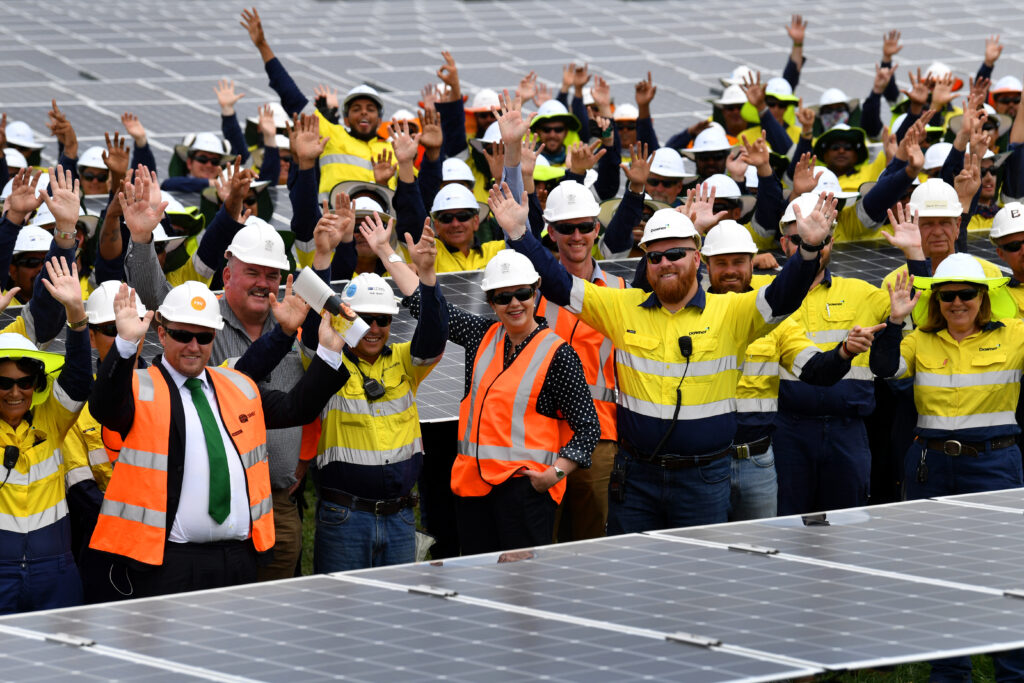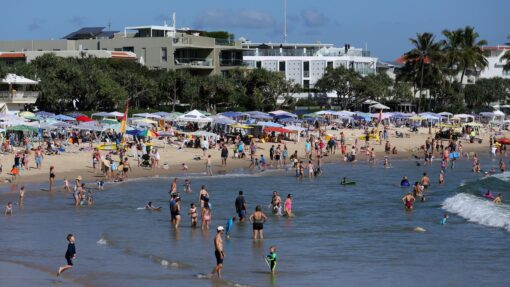Grid operator: renewables are driving down wholesale electricity prices

By The Queenslander staff
Rising output from renewable energy across Australia’s east coast has resulted in a sharp drop in the price of wholesale electricity, according to the operator of the National Electricity Market.
The Australian Energy Market Operator (AEMO) said power prices had fallen 10.5 per cent in the three months to the end of March, with average prices falling to $83 a megawatt hour for the period.
When compared over a 12-month timeframe, wholesale power prices on the east coast are down a massive 62 per cent.
AEMO said the first quarter of 2023 marked the lowest operational demand for power produced by fossil fuels since 2005 as generation from solar PV rooftop systems hit a record high.

At the same time, electricity generation from coal and gas declined, with gas-fired generation reaching its lowest level since 2005.
AEMO’s CEO, Daniel Westerman, said the insights in the report underlined the need for more investment in new transmission and firming technology to connect the new locations of wind and solar farms, and to even out the variable nature of renewable generation.
“Growing renewable output across the NEM meant that 12% of the time wholesale prices were negative or zero. Further, between 9.00 am and 5.00 pm, wholesale electricity prices were negative in South Australia and Victoria 60% and 55% of the time, respectively,” he said.
AEMO conceded there was price difference by state and region, with northern Queensland paying the highest wholesale prices of $104/megawatt hour compared to $101/MWh in NSW.
Queensland and NSW are both higher than than the southern regions of Tasmania ($80/MWh), South Australia ($72/MWh) and Victoria ($56/MWh).

“Despite the continuing north-south price divide, black coal generators in NSW and Queensland have increased offer volumes in lower price bands following the announced caps on thermal coal prices, which has decreased the average price set by black coal generators,” Mr Westerman said.
Operationally, constraints affecting the Victoria – New South Wales Interconnector (VNI) continued to bind frequently during the middle of the day, limiting flows northward and further increasing the gap from higher prices in the northern NEM regions to lower levels in Victoria and South Australia.
NEM total emissions declined in the first quarter of 2023 to the lowest on record at 28.83 million tonnes of carbon dioxide equivalent, a decline of 5.1% over a year.



